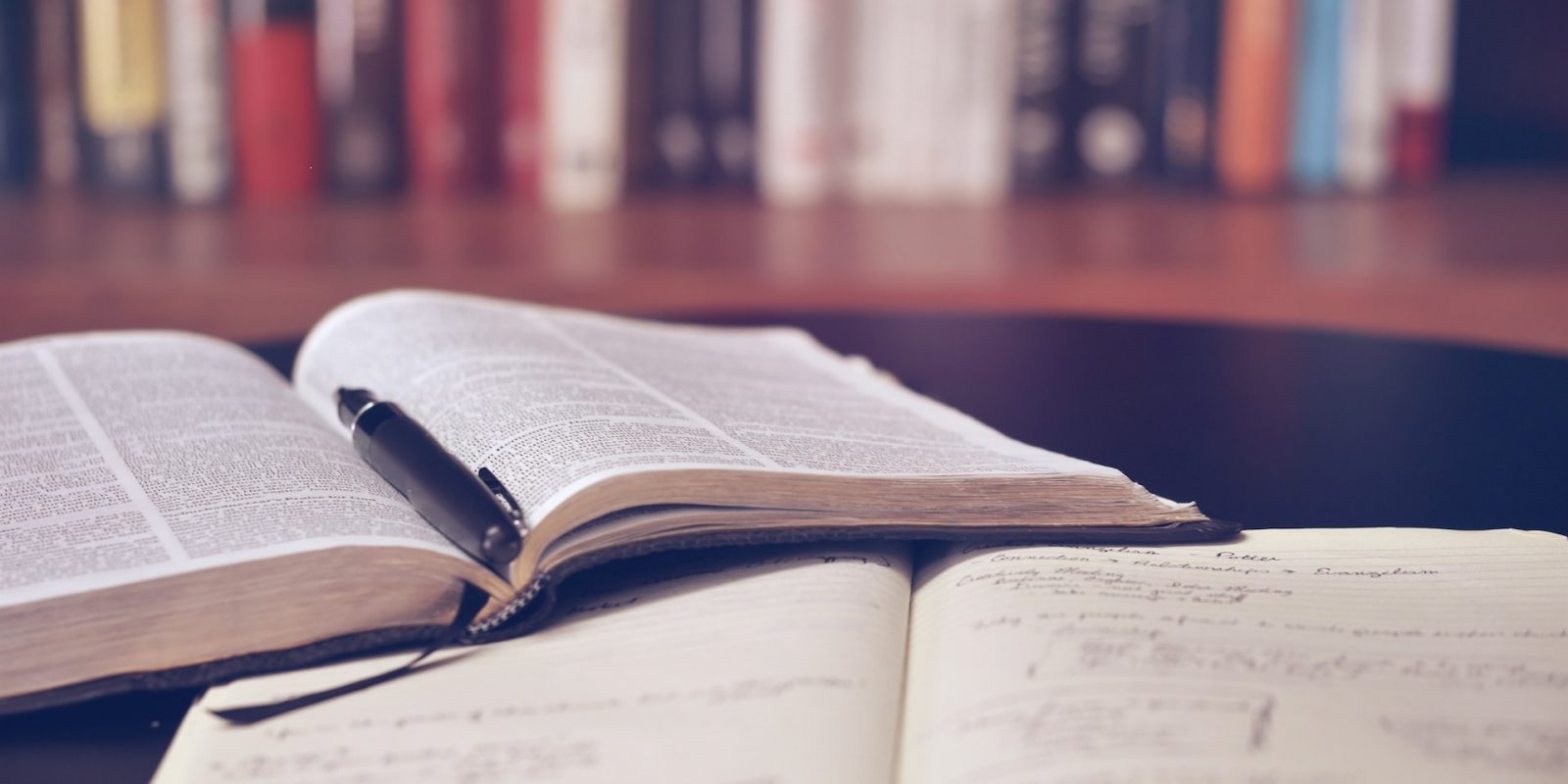When you first start university, reading an academic paper can sometimes seem overwhelming and off-putting. With a few tips and techniques and some practice, you can soon be going through paper after paper without wasting time!
But how do you best go about reading an academic paper and take notes? How can you interpret their contents critically?
Let me show you a tried and tested method that I have been teaching my university students for many years and that I use myself. It will help you to dramatically reduce the time it takes you to read a paper while taking amazing notes that you can later rely on when it comes time for you to write your own essays.
Reading an Academic Paper for the First Time
Before you begin and jump straight into analysing every word of the paper, with your dictionary, pens, and a big cup of coffee at hand, just give it a once-over.
You should spend around 10 minutes skimming over the paper to pick up the gist of it. The point of reading an academic paper for the first time is to get an overall idea. It allows you to see which parts you will want to read in more detail.
Sections that you should pay particular attention to are the abstract, introduction, discussion, and conclusion (if your paper is laid out scientifically). After the first reading, you should have a good general idea of what the paper is about, without having been caught up in too much detail.
The Second Reading
Once you have read the paper for gist, it is now time to read it in more detail. At this point, you have to make a judgement call about what you want to get out of it.
Will you need to know the ins and outs of the methodology or pick apart all of the data from the results section? If not, then don’t bother reading these in detail. However, if these areas are something that you need to know the details of, then make sure to read them too.
When you are reading an academic paper thoroughly, I recommend that you do not highlight sections. There are several problems with highlighting as you read.
First of all, you will tend to highlight too much text, often entire sections, and you’ll probably miss parts that you should have read.
Avoid highlighting sections as this leads to you using the author’s voice.
Secondly, highlighting will break the flow of your reading as you stop, highlight, and start reading again. Finally, when you highlight text, you will rely on the authors’ words, and this is something that we want to get away from – but that’s something we will talk about a little later.
If there are words in the text that you don’t understand, the best thing to do is to simply underline these and then come back to them once you have read the full article. I recommend only looking up keywords that are integral to understanding the meaning of the paragraph as you are reading. Otherwise, look them up afterward.
Summarising the article in your own words
After reading an academic paper twice, it’s time to make some notes. The very first thing that you will want to do, while the paper is still fresh in your mind, is to write down your own summary.
This might be a little difficult when you are first starting out, but with time it will become more and more natural. Remember that you will be the only person reading your summary, so don’t worry too much about writing perfectly crafted English.
Summarising an article is a great way of committing it to memory.
Your own summary should be along the lines of an abstract. When you come back to your reading notes in the future, reading your summary should refresh your memory. One or two paragraphs should be enough here.
Making reading notes
With the summary/abstract written, it’s time to complete your notes. To get you started,
Take a sheet of A4 paper and write the full reference of the paper on top. This should include the title, the author(s), year of publication, publication, and pages. This has the added benefit of you getting used to writing full references.
Below the reference, write your one to two paragraph summary as we have just discussed.
Next, write a list of the three to four key points that you want to take away from the paper. What are the most important points that you want to remember when you look at your notes in the future? This is a really good exercise as it helps you to pick out key ideas from texts.
Finally, make a list with any further points that you think are important to know about. These can be smaller things or notes that are not central to the paper. Maybe it used a certain methodology that you are interested in or covered a certain topic that you want to remember. So, write down any of these prompts and reminders here.
You’re done – that’s all there is to reading an academic paper! You now have a sheet of A4 that you can refer to in the future. It has all of the information about the paper that you need. Wasn’t that easy?
Writing your own papers based on reading notes rather than on the original paper
If you use your own reading notes to support the arguments that you make in your own essays and term papers, you will be able to interpret the papers much more critically and contrast different ideas effortlessly.
Instead of repeating what the original author wrote and trying to paraphrase it, you will be able to use your own words to express the ideas of the original paper. This will also help you to avoid the chance of accidentally plagiarising, which would land you in a world of trouble!
Conclusion
So, what have we learned in this article? A tried and tested way of reading and academic paper is to give them two readings. Start with an initial skim read to get the gist of it to help you understand the broad strokes of what it is about.
Once you have skim-read it, read it again in more detail.
Don’t highlight sections as you go along, as you will wind up focusing on the highlighted text in your notes. Depending on the type of paper you might want to skip certain sections in your detailed reading.
If you are only interested in the discussion and interpretation of the results, you can simply skim-read the methods. You will want to read the abstract, introduction, discussion, and conclusion in detail though.
Once you have read the article a second time, take a sheet of A4 paper and write the full reference of the paper on top, including the title, author, and journal. Below the full reference, write your own abstract of the paper, using your own words, before making a list of the three key points that you have taken from the article.
Finally, you want to make a list of other notes of interest in the paper. These are things that don’t necessarily feature in your top three points. That’s it. Keep a stack of these reading notes to refer back to when you write your own articles.
Now, grab yourself a mug of hot chocolate, if you live somewhere cold like me, and get started on your first paper. I promise you, with practice, this process is going to get easier and easier. Before you know it, all of your classmates will want to know your secret.






